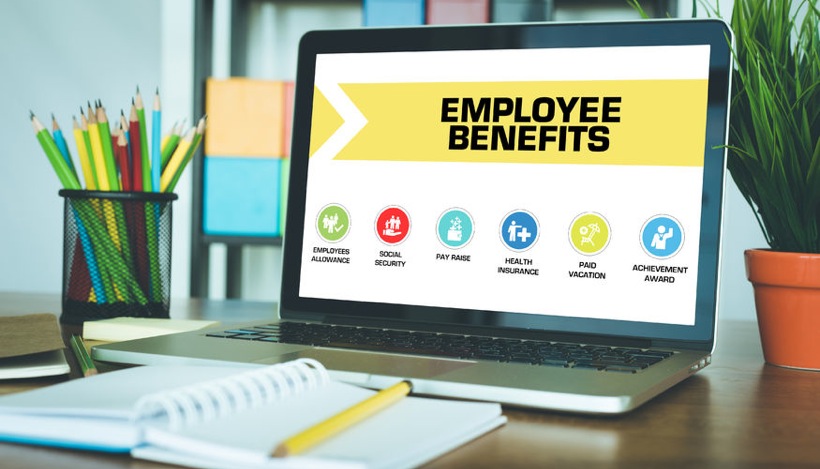Starting a new business can be one of the most exciting things you ever do. However, in order to make sure that your business realizes its full potential, you need to make sure that it maintains its financial health. And there is perhaps nothing more essential to a startup’s financial well-being than making sure all tax forms are completed properly and that taxes are paid in full and on time. Failing to pay your taxes can result in owing the government multiple times the original amount—and in the most severe circumstances, improper tax practices can even result in jail time.
Here, we’ll discuss some of the most important tax forms entrepreneurs should take the time to understand. The uses and information required by each of these forms can vary tremendously. Paying attention to the details and making sure that all forms are properly filed can save you a tremendous amount of hassle in the long-run.
- Form 1040-ES
One of the most commonly filed tax forms, the 1040-ES will need to be filed by anyone who has earned an income that was not withheld by an employer (and even still, this may sometimes be the case). The purpose of this form is to determine your total tax liability—the amount of money that you will owe to the federal government.
For some entrepreneurs, your total tax liability will be based off of the bracketed income remaining after you have made the “standard” deduction. Others (especially those who have spent a lot of money on their business) will need to go through a much more rigorous tax deduction process.
Related: 7 Reasons Why You Should Hire an Accountant for Your Startup
- Form 1099-R
As your business grows, the number of benefits you offer employees will likely grow, as well. Eventually, your business may make significant contributions to your employees’ IRAs, pensions, insurance contracts and other important programs. The purpose of form 1099-R is to help deduct your business’ contributions to these funds and to help minimize your ultimate tax obligations. Every employee who received more than $10 in contributions from your business will need to be actively accounted for.
- Form 8829
Most new business owners will agree that drawing the line between home life and work life can be difficult at times. For some entrepreneurs, work life and home life may literally take place in the same space. Fortunately, if you have made an investment in or improvements to your home for business reasons, these expenses may be deductible. Form 8829 is designed to help report business expenses that are directly tied to your home. It’s important to be honest when determining what qualifies as an actual business expense, and it can be confusing to determine whether you’re even eligible for the home office deduction, so read up on the subject here.
- Form 4562
One of the most essential components of the accounting process is to identify how much a business is worth at any given point in time. Naturally, a major component of this worth will be the valued sum of all assets claimed by the business. Form 4562 is used for the purpose of reporting depreciation and amortization each year.
While depreciation is a method for distributing the value of tangible assets over time, amortization is a method for distributing the value of assets that are intangible. Though “straight-line” depreciation is the most common strategy, it may be worth the effort to learn about other (time-weighted) methods, as well.
- Form SS-4
Form SS-4 is a formal application for an employer identification number (EIN) which—depending on your current situation—may be one of the most important forms you fill out. Essentially, an employer identification number is similar to a social security number that is applied to a specific business. These numbers can apply to a variety of different entities such as corporations, partnerships, trusts and others. Sole proprietors may be able to file using only their social security number, but this will vary depending on the specific nature of your work.
- Form 1120 W
In addition to paying income taxes, if your business is currently filed as a legal corporation, you will also likely need to pay corporate income taxes. Form 1120 is similar to a 1040, but instead of being used to determine the total tax liability of individuals, it is used to determine the total tax liability of corporations.
There are many variables that can affect the total tax liability that a corporation will have but, in general, the average effective corporate tax rate in the United States is 21 percent.
Sign Up: Receive the StartupNation newsletter!
General advice for first-time business tax filers
Once you have familiarized yourself with these forms (and any others that are relevant to your particular business), filing your taxes should be a little bit easier. However, if this is your first time, you may feel overwhelmed.
Keep these essential tips in mind when completing your business taxes:
- Read each line carefully and only enter figures that you know to be true (avoid making any assumptions)
- Have at least one file that can support all of your claimed income and deductions—the best tax forms are the ones that can be easily confirmed during an audit
- Double check all entries, especially those involving math
- Don’t be afraid to get help—it would be much better to pay a little for help than to pay a lot because you made a mistake
Though you may still cringe every time you hear the word “taxes,” successfully filing taxes as a business might still be much more doable than you initially thought. After familiarizing yourself with each of these forms and understanding where your tax liabilities originate, you will be much more prepared to coast through tax season. By learning the ropes now and avoiding tax issues in the future, your business will be able to continue operating smoothly.






